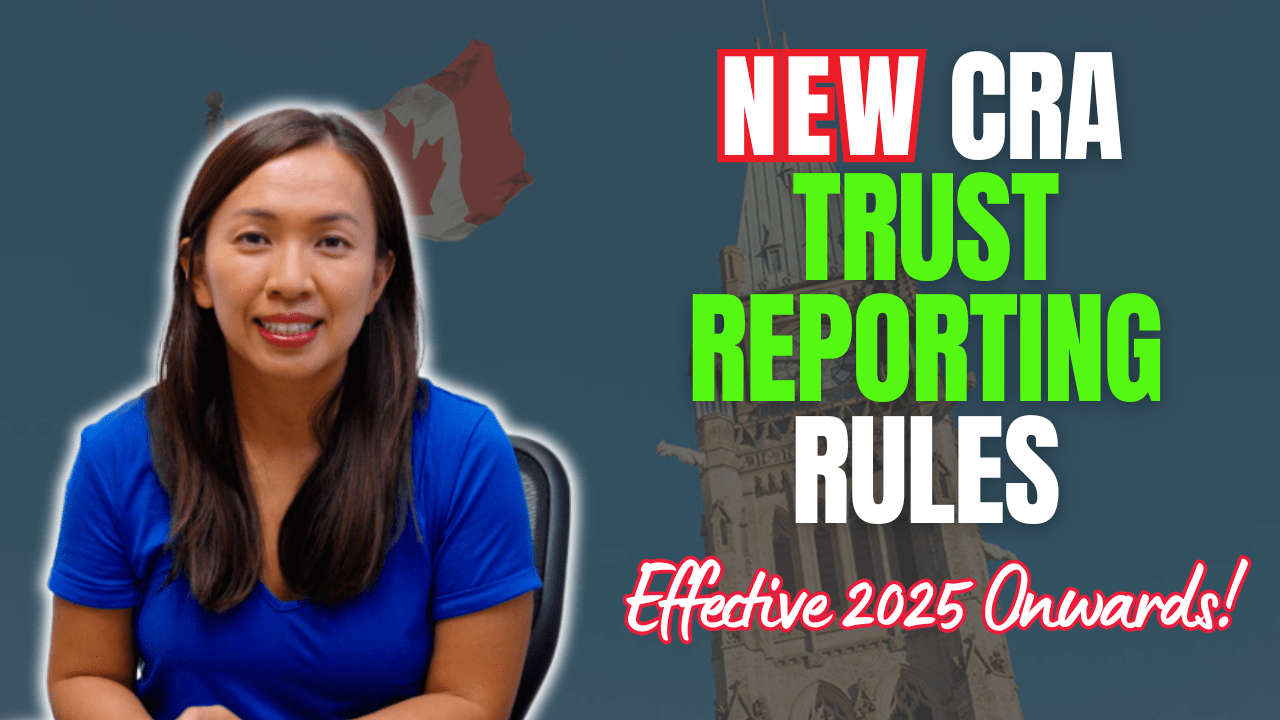
Recently, our team has been getting a lot of questions about cash damming and how to turn a non-deductible primary mortgage into a deductible mortgage, also known as smith maneuver.
It would be nice to take today’s blog post to talk about how to turn a non-deductible primary mortgage to a tax deducible mortgage.
The bottom line is, interest is not deductible when it is not incurred to earn taxable income. You can always refer back to this Youtube video.
Here’re the few requirements that must happen to allow your primary residence:
- Having a re-advanceable mortgage as your primary residence mortgage
- You have to invest outside of your registered plan (outside of RRSP/TFSA/RESP etc.) or
- You must have a small business in your personal name
It gets more complicated when you own your small business in your corporation name. That’s a topic for a one-on-one consultation.
If you don’t know what a re-advanceable mortgage is…
- It is a mortgage that has both mortgage and line of credit component.
- It is a type of mortgage product that would automatically increase the line of credit available on your property as you pay down the mortgage balance.
- Most banks that I work with already offer this type of mortgage to homeowners when they purchase their primary home.
- If you are not sure, make sure you check with your banks.
The most important concept to keep in mind is that interest is deductible if the loan is borrowed to earn investment income.
If you can somehow paydown your mortgage, your line of credit is increased. You then draw the funds out from your line of credit for investment. Line of credit interest is deductible.
The key here is that you must invest. If you don’t invest, you can’t turn your primary home mortgage as a tax deductible mortgage.
Here’s a general process how a real estate investor can turn their primary home mortgage to a tax-deductible mortgage:
- Collect rental income
- Use the gross rental income to paydown primary home mortgage
- Line of credit is increased by the same amount
- Draw money out of the line of credit into the dedicated bank account for rental purpose
- Pay mortgage, insurance, property taxes, etc. from this dedicated bank account
Yes. Gross rent. We’re using gross rent to pay down your primary home mortgage.
I made a mistake in the past thinking that we would only use the net rent to paydown the mortgage. Using gross rent speeds up the process tremendously.
Here’s a general process how a stock hacker can turn their primary residence mortgage to a tax deductible mortgage:
- Generate income in your stock investment account
- Draw out the income from stock investment account, use it to paydown primary home mortgage
- Line of credit is increased by the same amount
- Draw money out from line of credit into your investment account
- Continue to make more money
All of these get more complicated when a corporation structure involved.
Until next time, happy Canadian Real Estate Investing.
Cherry Chan, CPA, CA
Your Real Estate Accountant






Angela Peng
Hi, Cherry,
Thanks for the article. I have a question regarding the Strategy applied for a holding company owning the rentals, does it work the same way as the personal owned rental? (The Holding company collects the rent, and pay the expenses).
Thanks,
Angela
Sajjad S
Another great post!
Question: if you have a HELOC on primary property, does this automatically count as readvanceable mortgage? or do you have to get that specific type of mortgage? Thanks
Cathy Lam
Will I be able to put the money from the line of credit into a TFSA ?
Or a RRSP account or it has to be in a non registered account ?
bill
Thank you for your article.
One question about paying the primary residential mortgage by the gross rent of rental properties.
Is it aggressive tax planning?
Do we have any court cases to support this tax planning?
MICHELLE LE
Hi Cherry, thanks for this informative article! I had a question about step #4: why draw money out of the line of credit into the dedicated bank account instead of paying rental-related bills directly from the HELOC?
Thanks,
Michelle
Cherry Chan
You can pay it directly from your HELOC for sure.
For bookkeeping purpose, you might have multiple properties, and it is easier if you move money from HELOC to the dedicated bank account for each property.